The seal of passion: why the cult of the mustachioed woman arose in the 19th century
By Pictolic https://pictolic.com/article/the-seal-of-passion-why-the-cult-of-the-mustachioed-woman-arose-in-the-19th-century.htmlNowadays, there is hardly a woman who will be pleased with the hairs that appear above the upper lip. But as you know, the ideals of female attractiveness are changing and what upsets everyone today was considered the standard of beauty a century and a half ago. Yes, you understood correctly — there were times when women's moustaches were the object of adoration of men and envy of other ladies.

In the middle of the 19th century, poets and writers sang of female beauty, decorated with small, neat mustaches. This detail seemed attractive and piquant to everyone. The fashion for vegetation on the female face lasted for more than half a century and came to naught only in the 1920s. So where did the fashion for "mustachioed" women come from?

In the Middle Ages, the image of a woman was not given much attention, perceiving the fair sex, rather as an addition to the male. But in the 18th century, everything changed and the literature increasingly began to show ladies as personalities with all the emotional and psychological aspects that follow from this.
In the 19th century, the trend only intensified and the authors began to actively talk about female nature and characters. Victor Hugo himself did not escape this fashion and it is to him that such words belong:
Loving, caring, passionate, reasonable — all these feminine qualities have been repeatedly praised and studied along and across. But how about showing a passionate beauty in poetry or prose? In the middle of the 19th century, the image of the "femme fatale" was present in the works of many writers, including Russians.
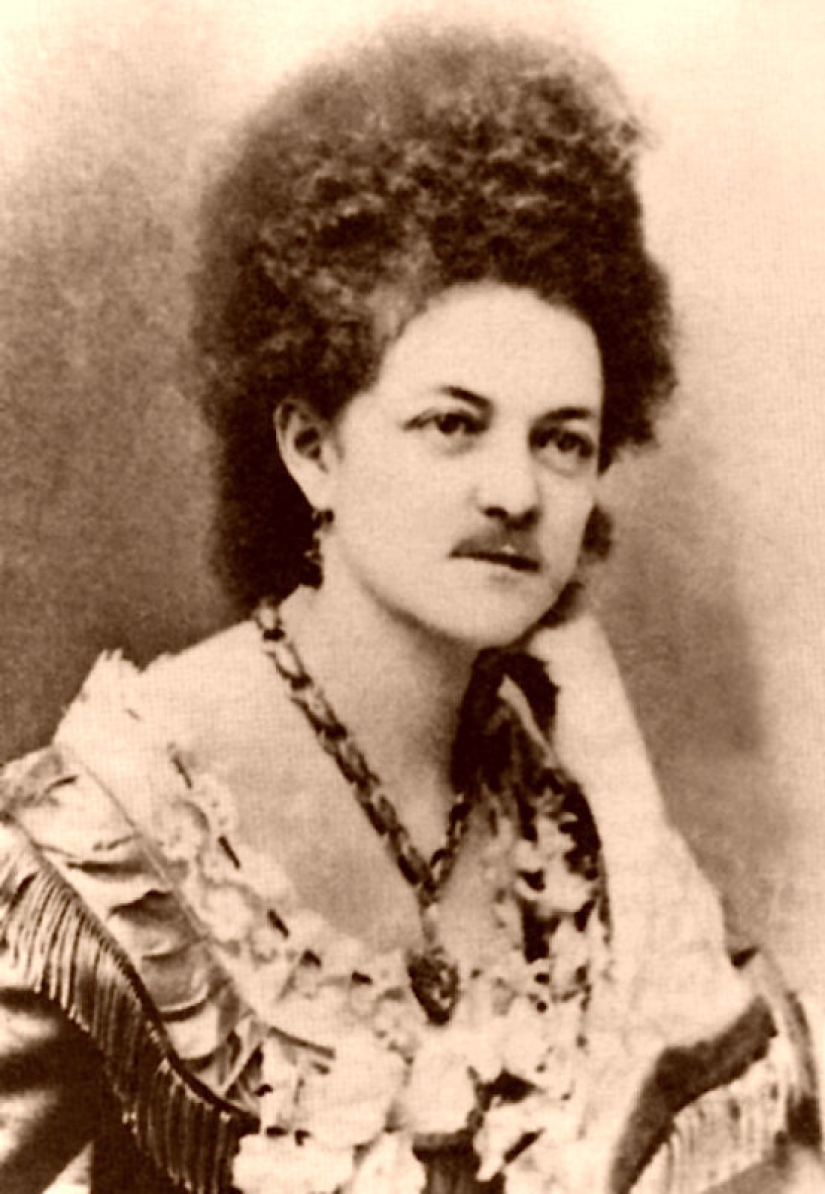
In 1946, the great Russian poet N.V. Nekrasov wrote in his famous poem "Troika":
It's no wonder to look at you,
Everyone is not averse to loving you:
The scarlet ribbon curls playfully
In your hair, black as night;
Through the blush of your swarthy cheek
A light fuzz breaks through,
From under your semicircular eyebrow
Looks smartly sly little eye…
At first glance, it may seem that the poet admires the fluff as one of the signs of fashionable beauty in his time. But this is not so — the key to understanding the plot lies in the line "Everyone is not averse to loving you." Nekrasov hints that this woman is not created to become a faithful wife and a loving mother. She is an object of lust for one, maybe two nights.
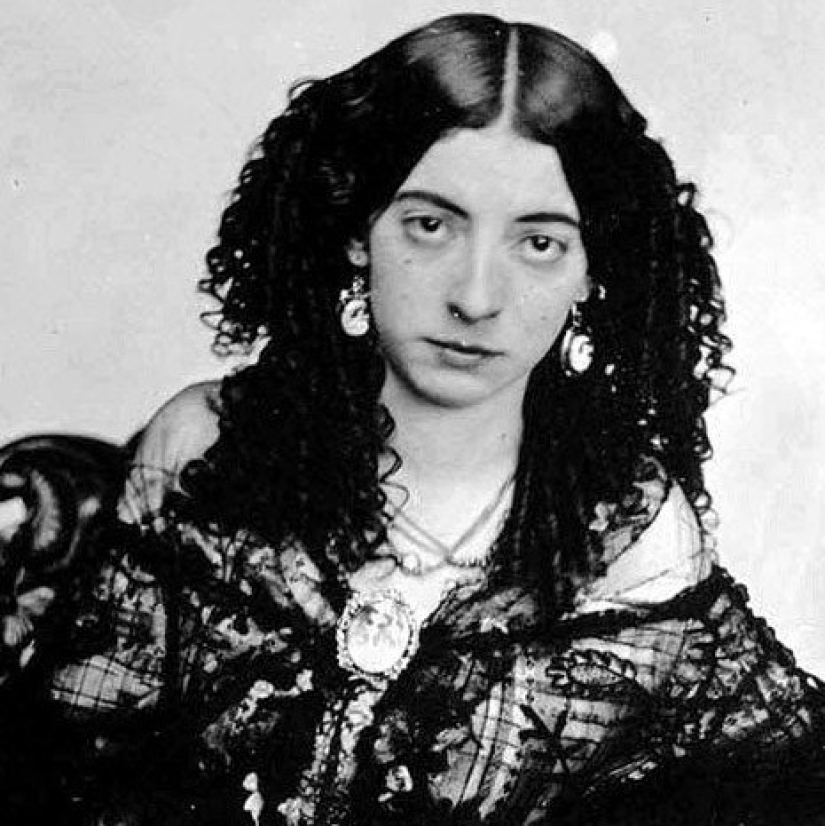
At the time when the poet wrote these lines, the most desirable woman in Europe, and maybe the world, was Lola Montez - an Englishwoman who very successfully posed as a Spaniard. This adventurer managed to charm the Russian Emperor Nicholas I, the Prussian King Wilhelm IV and many aristocrats of lesser rank.
Every man knew that Lola is a passionate and skillful lover, and few people in Europe did not want to see for themselves. Montes claimed that she was from Spain for a reason — everyone knew how passionate women live in this country. Dark skin, blue-black hair and a light down on the upper lip only convinced fans of the truthfulness of the words of the English adventurer.
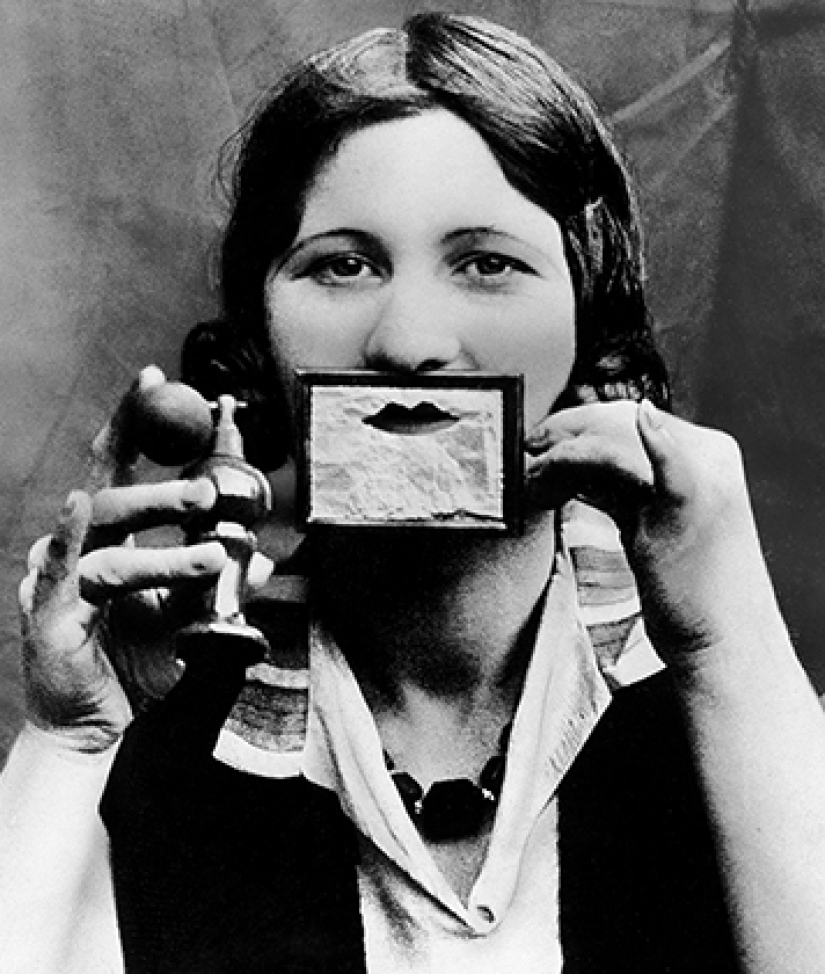
Lola Montes introduced the fashion for women's moustaches, which became a sign of passion, but, as it turned out, the woman herself was not enthusiastic about such jewelry. In 1858, in her book The Art of Beauty, Montes wrote:
At the same time, the courtesan urged the ladies to get rid of such "jewelry" as soon as possible so as not to lose their femininity. Lola herself got rid of facial hair in the first place, but the fashion for "female mustache" turned out to be incredibly persistent.
In 1868-1869, a truly historic event took place in Russia — Leo Tolstoy's novel "War and Peace" began to be published. Every educated inhabitant of the empire considered it his duty to read this work, and there…
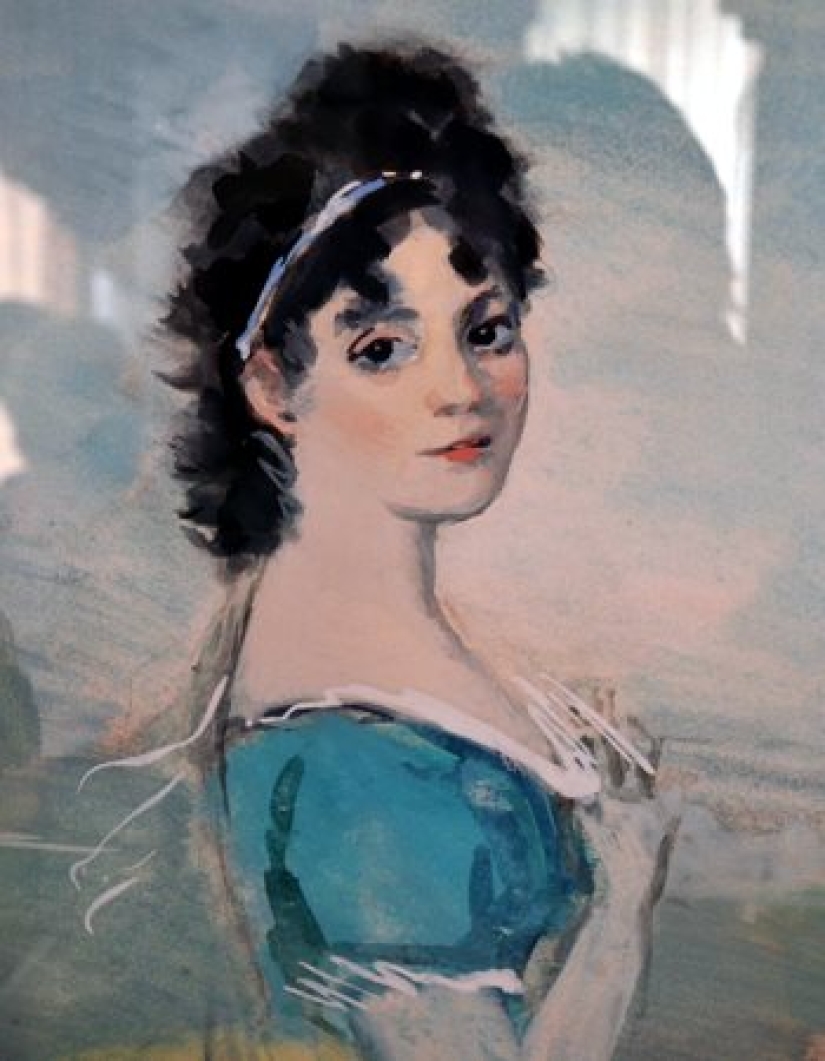
An incredibly popular work, which became a classic of literature during the author's lifetime, made the mustache a "marker" of female beauty and passion. The authority of the author, Tolstoy's "block" was so great that no one thought to doubt his words. From now on, the fashion for hairs over the lip became mass and men openly admired this sign of passion. Other writers did not lag behind Lev Nikolaevich - Ivan Bunin in his "Clean Monday" also gave his heroine a sign of passion:
Fuel to the fire was added by research conducted at the very beginning of the 19th century at the famous University of Vienna, which Sigmund Freud himself once graduated from. They studied the endocrine glands, including female ones, and proved that the hairs above the upper lip appear under the influence of hormones. This news was taken as confirmation of the general opinion about the passion of such women.
At the same time, oddly enough, the image of a woman with a mustache was not popular in the visual arts. On the contrary, such adornment of a woman's face was considered a sign of vulgarity. You will not find portraits of "mustachioed" women created in the 19th and 20th centuries, with the exception of the works of Frida Kahlo.
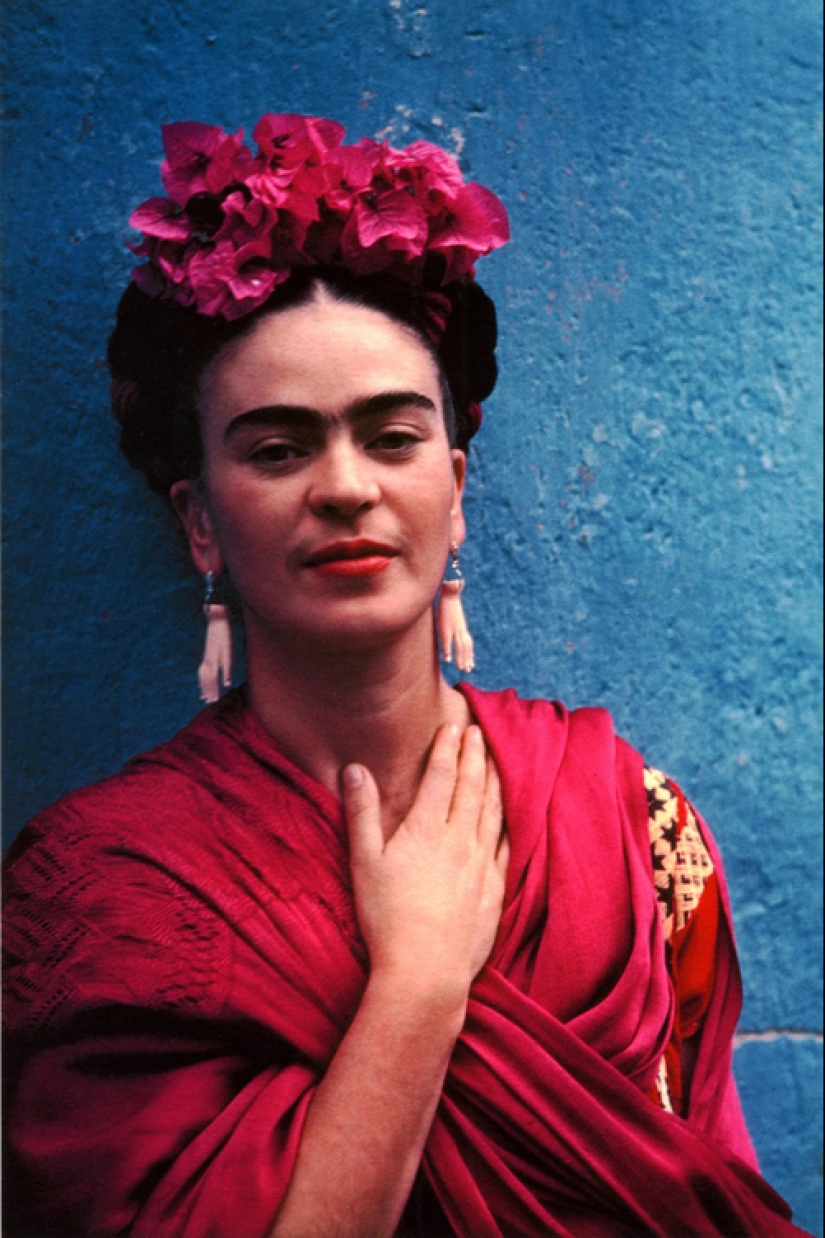
In the 1930s, the artist created several self-portraits with a darkening on the upper lip, which can only be perceived as the "blackened mustache" sung by Tolstoy. Art historians believe that Frida Kahlo specifically contrasted the folk art of Latin America with the "combed" European standard, provoking and mocking the "smooth" aesthetics.
Recent articles

A naked woman's back, a bra opening with a shooting sound, breasts covered only with her hands — this scene for a long time ...

Sometimes it happens that, without knowing it, a writer becomes an oracle, inadvertently predicting the appearance of a phenomenon ...

The world is full of things that can be confused with each other. Some are similar in appearance, others have almost the same ...